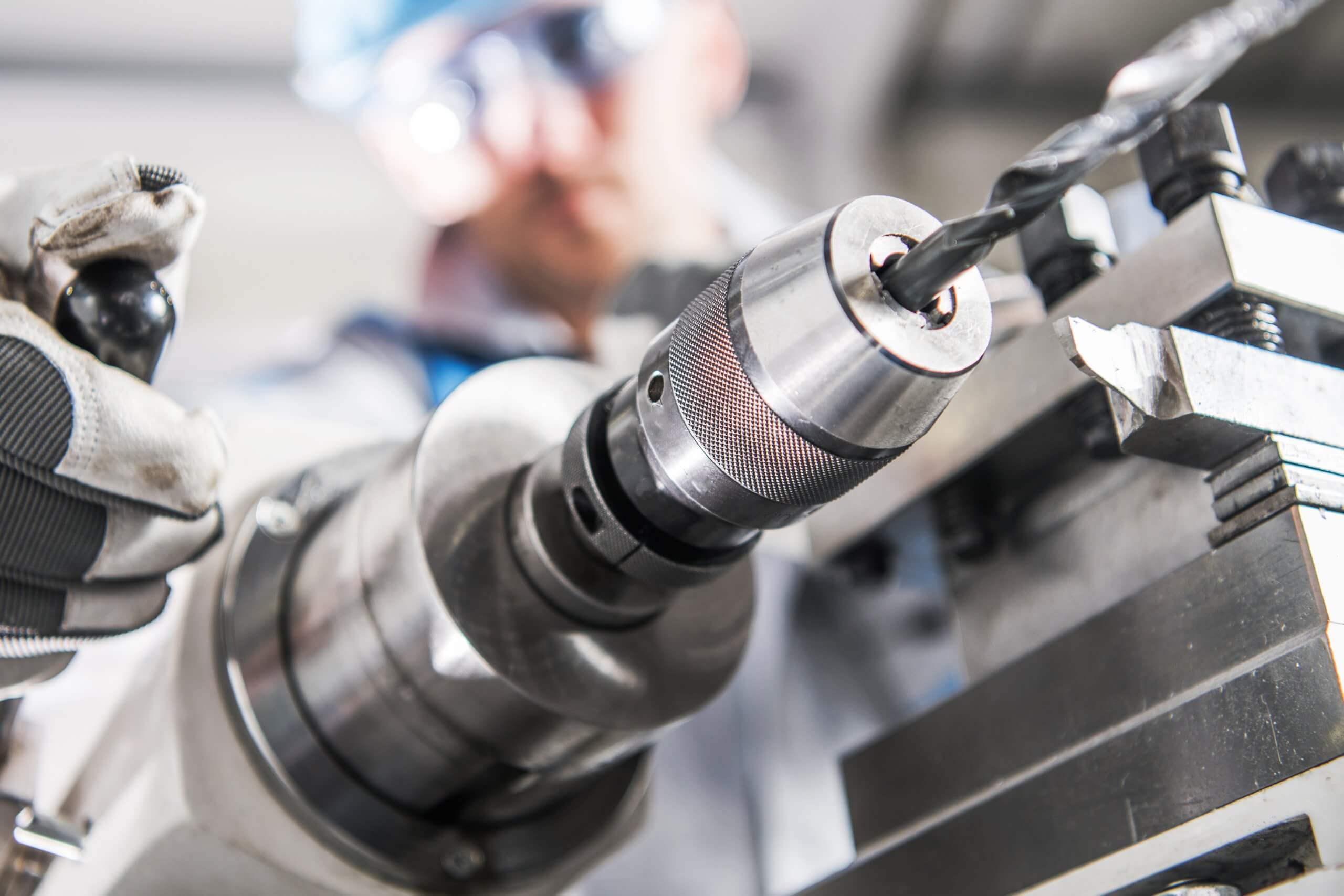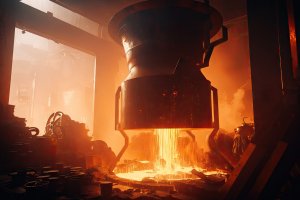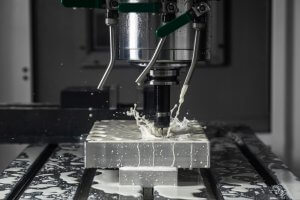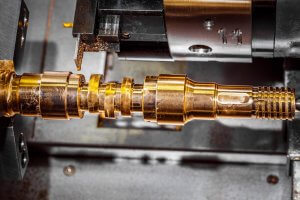Machining precision is crucial in CNC machining. Whether you’re crafting high-tech gadgets or everyday items, getting every detail right matters. Let’s dive into the basics of machining precision, focusing on various factors and methods to achieve high accuracy, all while keeping it light and engaging.
Understanding Machining Precision
Machining precision includes dimensional accuracy, shape accuracy, and positional accuracy. In simple terms, it’s about how closely the actual size, shape, and position of a part match the intended design.
Key Concepts
- Dimensional Accuracy: How close the actual size is to the design size.
- Shape Accuracy: How close the actual shape is to the ideal shape.
- Positional Accuracy: The accuracy of the relative positions of surfaces.
Factors Affecting Precision
Several factors can affect machining precision, such as tool wear, machine rigidity, thermal deformation, and even measurement errors. Let’s break down some of these factors based on the detailed content from the provided materials:
Tool Wear
Tool wear is inevitable and can significantly impact surface finish and dimensions. Regular inspection and replacement of worn tools are crucial to maintaining precision.
Machine Rigidity
A machine’s rigidity, or its ability to resist deformation under load, directly affects the precision of the parts it produces. Higher rigidity generally means better precision.
Thermal Deformation
Heat generated during machining can cause both parts and tools to expand, leading to errors. Managing heat through cooling systems or allowing the machine to reach thermal equilibrium can help mitigate these issues.
Measurement Errors
Accurate measurement tools and techniques are essential. Errors in measurement can lead to incorrect adjustments and poor-quality parts.
Achieving Precision
Improving machining precision involves several methods. Here are a few detailed techniques:
Trial Cutting Method
This involves making test cuts and adjusting the machine until the desired precision is achieved. It’s a practical approach when high precision is required, but it can be time-consuming.
Adjustment Method
Adjusting machine components to achieve the desired accuracy. This method is often used for small-batch or single-piece production.
Using Precision Tools
Employing high-precision tools and fixtures can consistently achieve high precision across multiple batches. Ensuring tools are well-maintained and calibrated is key.
Error Compensation
Compensating for known errors through adjustments or software. This method is particularly useful when specific, predictable errors are present.
Comprehensive Table of Methods to Achieve Precision
| Method | Description | When to Use |
|---|---|---|
| Trial Cutting | Making test cuts and adjusting | When high precision is required but time is available |
| Adjustment Method | Adjusting machine components | For small batch or single-piece production |
| Precision Tools | Using high-precision tools and fixtures | For consistent high precision across batches |
| Error Compensation | Adjusting for known errors | When specific predictable errors are present |
Factors Affecting Machining Accuracy
The precision of machining is influenced by multiple factors, which include:
- Geometric Errors: Machine tool guideway errors, spindle rotational errors, and transmission errors.
- Force Deformation: Deformations caused by cutting forces, clamping forces, and other external forces.
- Thermal Deformation: Heat generated during the machining process causing parts and tools to expand.
- Measurement Errors: Inaccuracies due to the measuring tools or methods.
Detailed Analysis of Each Factor
Geometric Errors
These include guideway errors, spindle rotational errors, and transmission errors. To minimize these errors, improve the manufacturing accuracy of the machine tool, fixtures, and cutting tools. Regular inspection and maintenance are also essential.
Force Deformation
Deformations under load affect machining precision. Increase the rigidity of the machining system, choose appropriate cutting tool angles, and ensure proper clamping to minimize deformation.
Thermal Deformation
Manage heat generated during machining with cooling systems or by allowing the machine to reach thermal equilibrium. Proper thermal management is crucial for maintaining precision.
Measurement Errors
Use high-precision measuring tools and ensure they are regularly calibrated. Measurement errors can lead to poor-quality parts if not managed properly.
Practical Tips for Enhancing Precision
- Regular Maintenance: Keep machines and tools in top condition to ensure consistent performance.
- Training: Ensure operators are well-trained in precision techniques and understand the importance of each step in the process.
- Environment Control: Maintain a stable temperature and humidity level in the machining environment to prevent material expansion or contraction.
Related Posts
- Elevating Precision Standards through Chamfer in CNC Machining
1. Introduction: The Pursuit of Unparalleled Precision In the realm of CNC machining, precision is paramount. This section introduces the article by exploring the significance of precision in manufacturing and…
- Precision Prowess: Unveiling the Advantages of China CNC Machining
1. Introduction: The Role of Precision in Manufacturing Excellence In this introductory section, we delve into the critical role that precision plays in manufacturing and set the stage for an…
- Revolutionizing CNC Machining for Complex Aerospace Assemblies
Introduction to CNC Machining in Aerospace Assemblies Computer Numerical Control (CNC) machining represents a significant technological development playing a notable role in the creation of complex aerospace assemblies. CNC machining…
- The Role of Prototype Machining in Accelerating Product Development
Introduction: The Importance and Definition of Prototype Machining Prototype machining is a critical element advancing product development. It involves the technique of manufacturing an early model or sample, known as…
- Maximizing Precision in CNC Machining: Techniques and Tips
Importance of Precision in CNC Machining Precision is an fundamental component in the field of Computer Numerical Control (CNC) machining. It entails producing parts that are not only accurate but…
- Introduction to Precision Parts Machining: Cutting and Special Processes
Precision parts cutting machining primarily includes precision turning, mirror grinding, and lapping. Using finely ground single-crystal diamond tools on precision lathes, ultra-fine turning is performed with a cutting thickness of…








